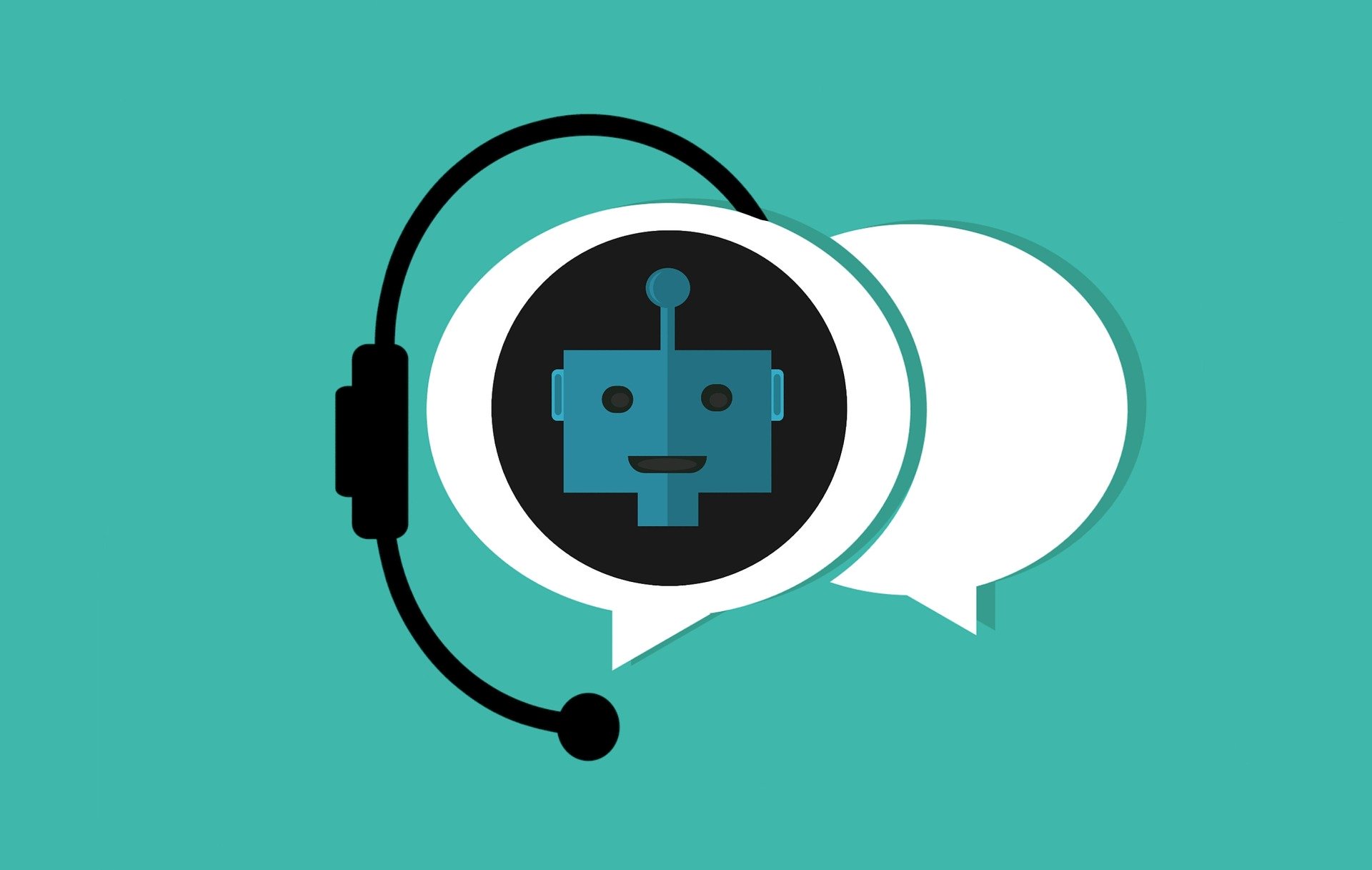It’s been just over 2 1/2 months since we launched a chatbot on our institutional website. Now I’m not here to sell you on whether or not a chatbot is right for you and your business or institution – that’s an answer that can only be found within your own goals & strategies. I’m also not going to try and tell you that a specific product is the right one for you – because there isn’t a one size fits all generic solution. What I am going to share is a few lessons we learned in rolling out our chatbot.
Let’s get started.
What is a chatbot?
Chatbot, AI, conversational agent…. whatever you call it, chat applications with a robot on one side of the conversation are everywhere. From voice-based assistants like Amazon’s Alexa or Google Home to text-based assistants like messenger apps, people want and expect instant communication. Picture Veruca Salt from Willy Wonka and the Chocolate Factory, “I want it now!”
Why a chatbot?
You might be asking yourself, “Why would I need ANOTHER place on my website for someone to look for information? Isn’t that the purpose of my website search?”
I get it – it’s yet another tool that costs $$ and has to be managed by someone. But, what if I told you that a chatbot could improve front-facing customer service? That it actually provides you an opportunity to enhance your website.
Still not convinced? Well, here’s what I’ve learned so far.
Lesson 1:
Chatbots can help us be more responsive to our audience. A chatbot does something that we can’t – it works around the clock. It gives visitors an opportunity to engage with your information on their own terms.
What we found during this time of COVID is that information can change by the hour. Being able to deploy updates to that information within the chatbot, we are ensuring that information is available everywhere and all at once.
Take a step back for a moment and see the chatbot for what it is – a feedback loop. We like to think we know what our audience wants to know about us. With a chatbot, I can actually see the questions that visitors to our site are asking. This has led to being able to have conversations with departments/organizations on campus about the resources that they are (or aren’t) providing on their sites in real time. Having that data in hand so you can say “These are the questions we are being asked” makes it much easier to approach those who are responsible for our web content. It’s provided an opportunity to make changes which benefit visitors to our site and ultimately improves the quality of content we are providing.
Lesson 2:
It’s not automatically going to be intelligent – This relates directly back to lesson 1. In our case, the bot that we chose scans our site for information in order to develop pre-defined answers. If what’s available on your website is incomplete or non-existent, then obviously a chatbot isn’t going to be able to provide those answers. People also ask questions differently – who knew you could have so many variations on how to request your transcript?
I’ve also found that sometimes people don’t know actually know what they’re looking for. Higher education tends to live in a bubble of acronyms and jargon and you’ll find out very quickly that most people don’t speak “higher ed”. This presents an opportunity for you to take a hard look at your content and make it more audience friendly.
Lesson 3:
It’s a continuous process. Refer to Lesson 1 & 2. It’s not a “set it and forget it”. I go into the system daily and look at the questions that are being asked, find out what the bot couldn’t answer and then write responses to those answers. It’s giving me a great insight into just what people want to know about us and I’ve had the opportunity to learn even more about our institution when it comes to being able to answer questions about scholarships, admission and financial aid.
Lesson 4:
Chatbots aren’t an alternative to human-human communication. For anyone who works in social media, this should come as no surprise. Although this wasn’t really a lesson that I learned, I wanted to stress this point. The bot isn’t going to replace the conversations you have with your clients/customers – it’s simply intended to supplement them. As part of the product we selected to use, we had the option for live chat. We could set the hours that someone would be available live to answer the questions people were asking. Every day I’m available from 7am – 4pm to answer questions posed to the bot by our audience. Surprisingly, I’ve had some meaningful conversations with individuals who are interested in enrolling in a degree program, those who are looking for scholarship information and even students who have questions about what to expect for the fall semester. In this time of information overload, the ability to engage in those authentic conversations is so important.
So TLDR: Chatbots aren’t here to take over the world, they’re here to help you. When your business is closed, customers have the ability to still gain access to the information they need. It’s important to remember that it’s not an overnight solution – you’ll have to put in the time to make sure that customers are finding valuable information and not getting stuck or frustrated with the experience.
Done right, chatbots give you the opportunity to meet your audience where they are and provide an interaction that your customers love.

Amanda Andresen is the Digital Communication and Engagement Coordinator for the University of Nebraska Kearney. As an NISM certified social media strategist, she’s extremely passionate about sharing her knowledge of all things social media.
Amanda holds a B.S. in Computer Information Systems in Business from Bellevue University and a graduate certificate in Public Relations and Social Media from the University of Nebraska-Lincoln.
When she’s not busy “being social”, her hobbies include running, traveling and cheering on the Indianapolis Colts.
Connect with Amanda online!


0 Comments